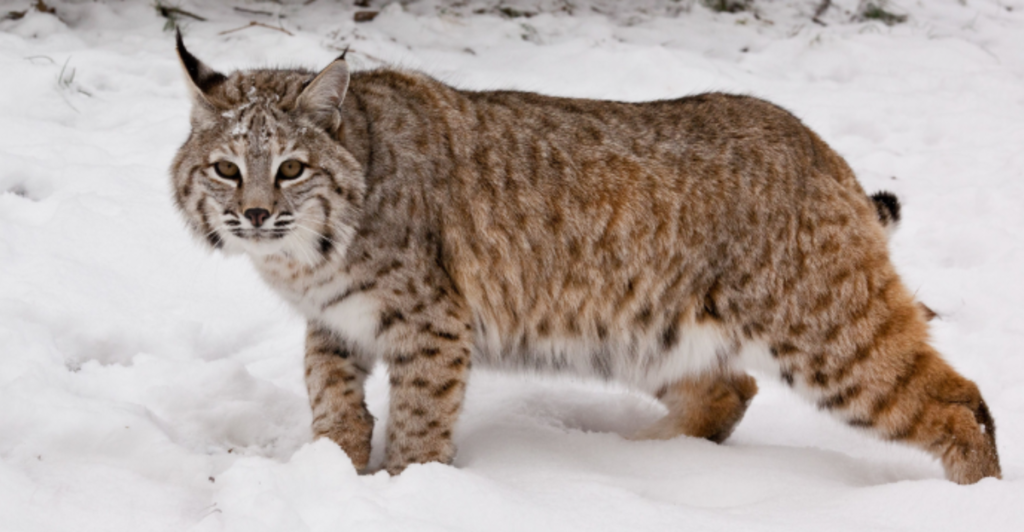
Indiana’s Natural Resources Commission has officially approved a bobcat trapping season in 40 southern counties after the decision sparked a heated debate among conservationists, lawmakers, and trappers. The decision comes after years of legislative efforts and public hearings, resulting in a statewide harvest limit of 250 bobcats. Supporters argue that the decision is based on scientific data and population management. At the same time, critics warn that it threatens the recovery of a species that was once endangered in the state. This article discusses the decision’s main points, what it means for wildlife conservation, and the sharply divided opinions about it.
Legislative Mandate for Bobcat Trapping
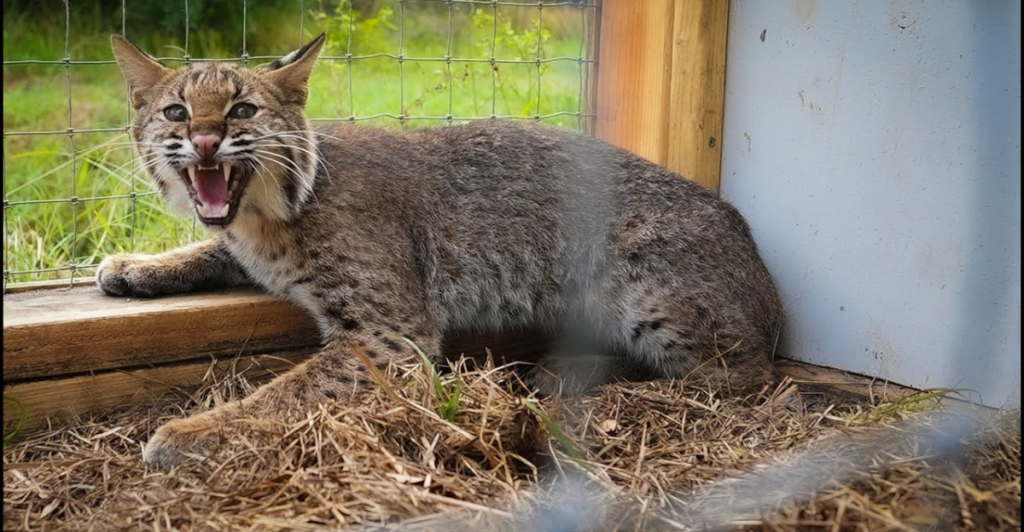
The establishment of a bobcat trapping season was mandated by the Indiana General Assembly in 2024 legislation. Lawmakers required the Department of Natural Resources (DNR) to establish rules for a trapping season by July 2025. The law provides some flexibility in establishing quotas, including the option for a zero-harvest limit if deemed necessary by science.
Details of the Approved Trapping Season
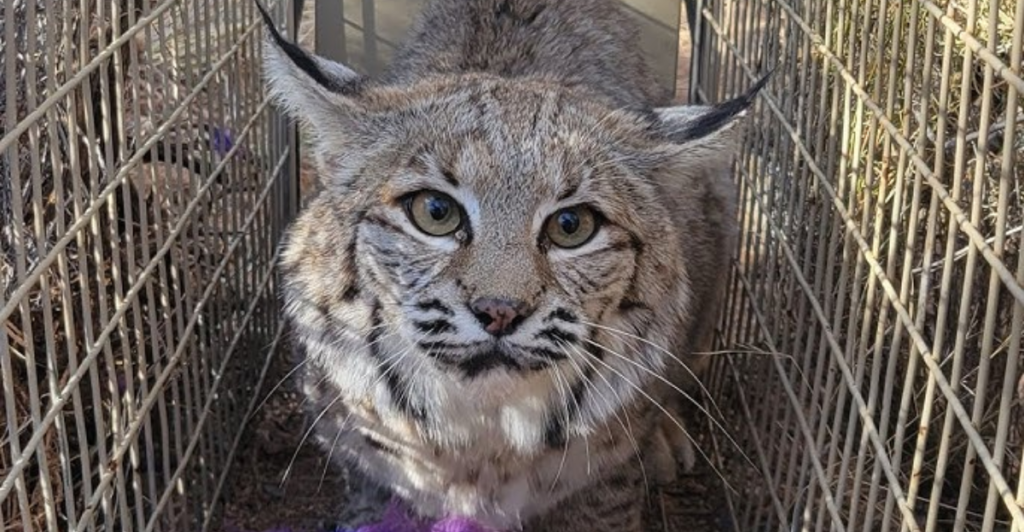
The approved rules permit licensed trappers to capture one bobcat per season using cage traps, foothold traps, or snares with relaxing locks. The season is from November 8 to January 31, with a statewide limit of 250 bobcats. Trappers are allowed to sell the hides, which provides a financial incentive for the activity.
Scientific Basis for Population Management
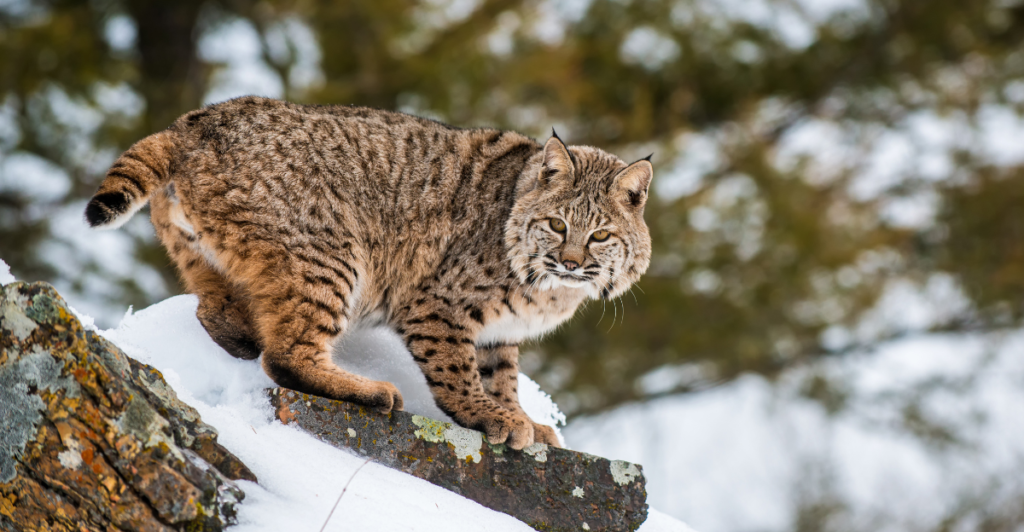
DNR said a population model supporting the decision was developed in partnership with Purdue University. Officials say Indiana’s bobcat population has rebounded enough to be taken off the state’s endangered species list in 2005. The agency believes that harvesting 250 bobcats per year is a sustainable yield that won’t harm the population’s overall numbers.
Public Opposition and Ethical Concerns
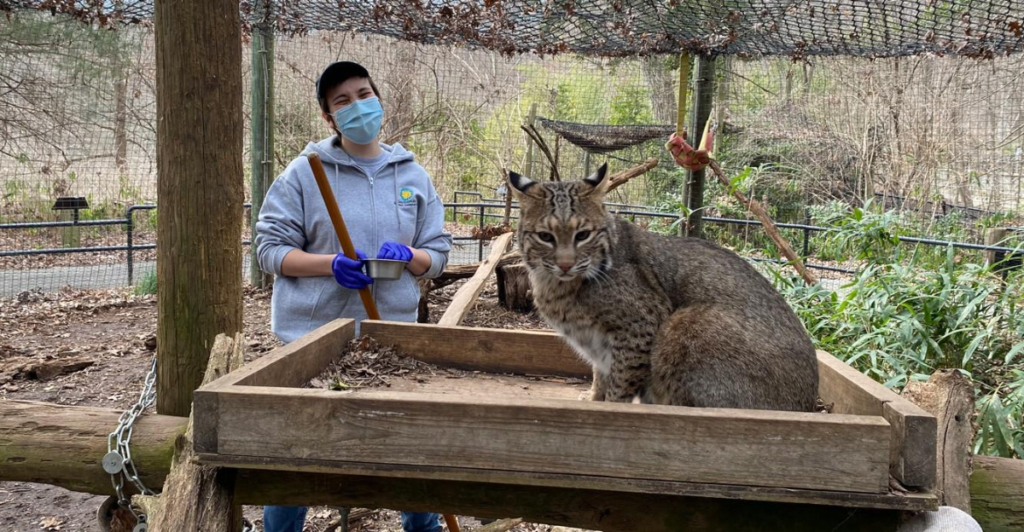
The proposal was met with opposition from the public, with more than 3,000 comments submitted at hearings. A zero-bag limit had been encouraged by many conservationists and residents who said that information on population numbers was insufficient and raised ethical concerns. Samantha Chapman of Humane World for Animals criticized the decision as prioritizing special interests over science-based conservation.
Historical Context: From Endangered to Harvested
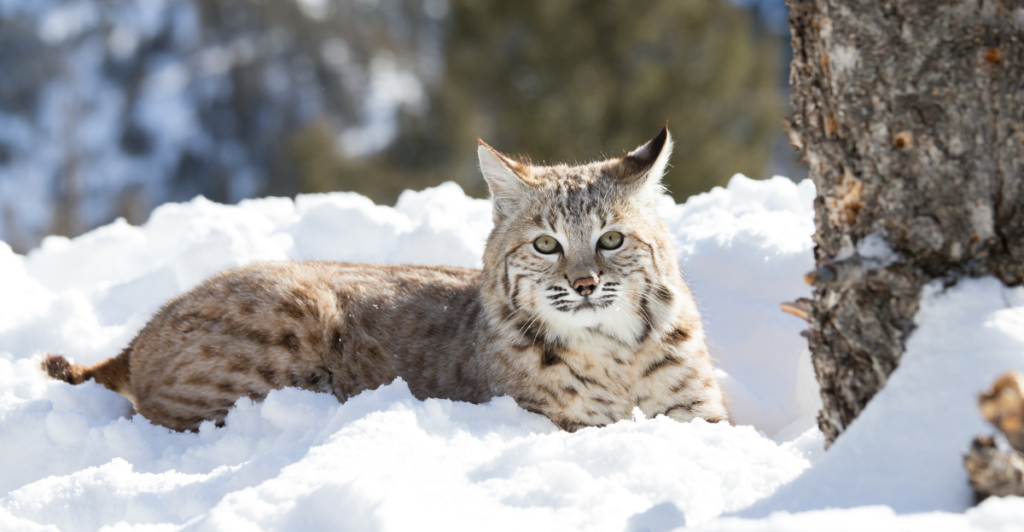
Bobcats were listed as endangered in Indiana in 1969 because of overhunting and habitat loss, but they were delisted in 2005 after decades of efforts to bolster their numbers. Their resurgence has been applauded as a conservation success story, making their inclusion in trapping regulations controversial.
Proponents’ Perspective: A Necessary Step
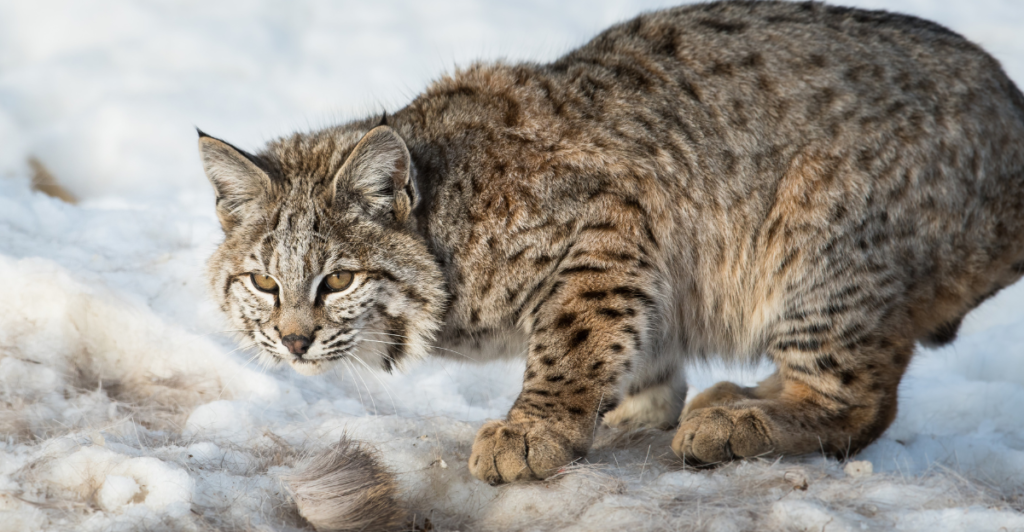
Supporters argue that regulated trapping is essential for managing wildlife populations and avoiding conflicts like attacks on livestock. Nick Erny of the Indiana State Trappers Association said trappers had long wanted this opportunity and felt it was indicative of the species’ recovery.
Criticism of Data and Process
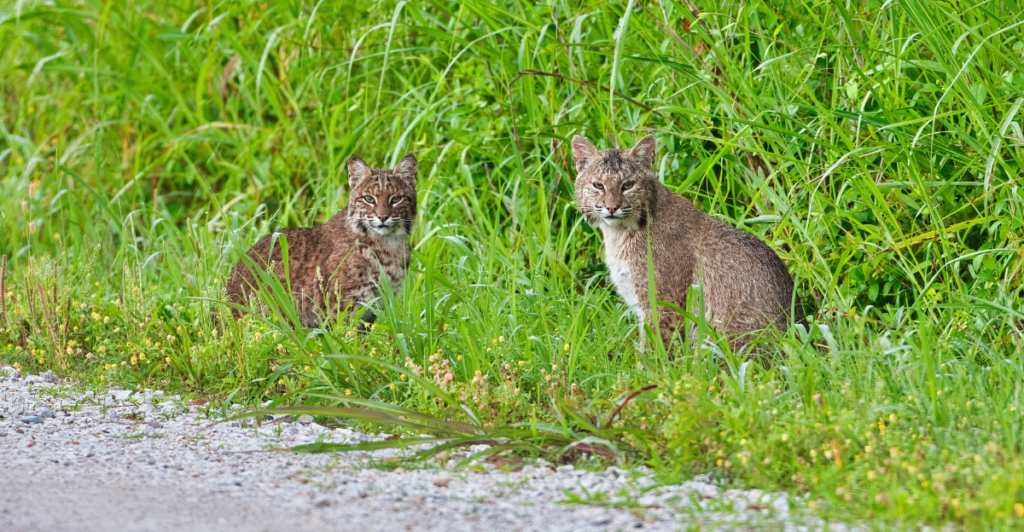
Opponents claim that the DNR’s dependence on limited data undermines its justification for trapping. Critics like Chapman argue that nobody has conducted a comprehensive study to assess how populations are changing, so any harvest quota is a premature proposal that could endanger the animals.
Economic and Recreational Losses
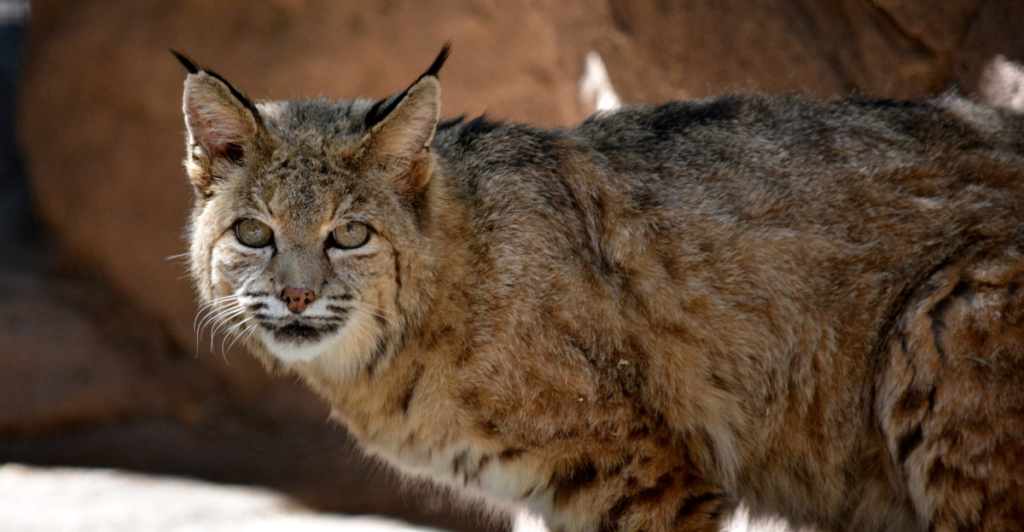
The new rules offer potential economic opportunities for trappers who will be able to sell bobcat pelts domestically or abroad. However, some conservation organizations fear that if demand rises, this might encourage overharvesting or illegal activity.
Broader Implications for Wildlife Policy
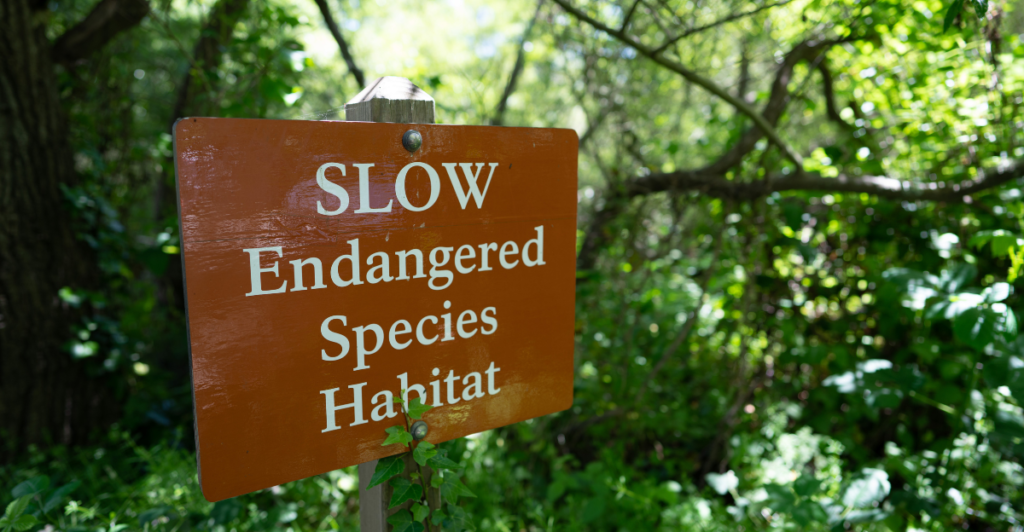
The decision underscores ongoing tensions between conservation goals and the interests of recreational hunters. It raises questions about how states balance ecological recovery with economic activities like trapping and whether such decisions align with broader wildlife preservation ethics.
Monitoring and Future Adjustments
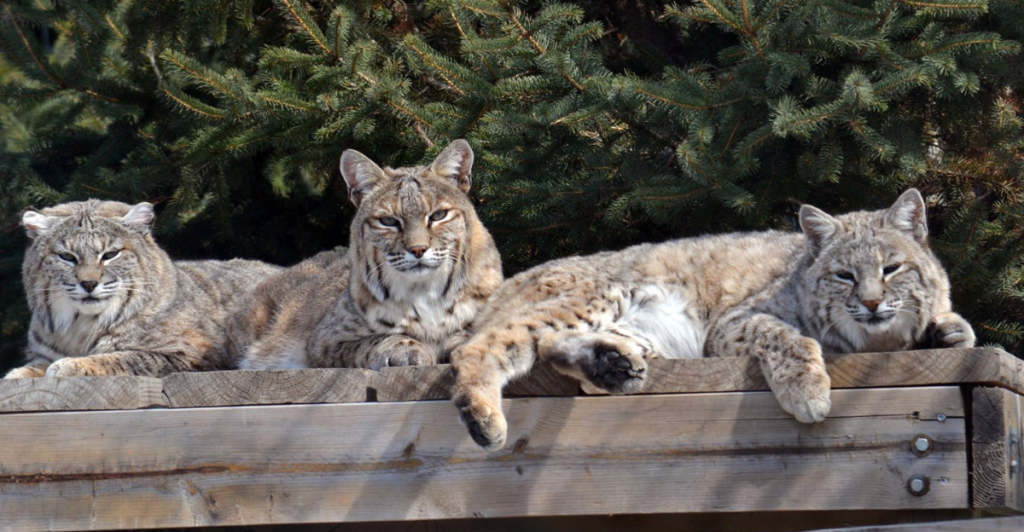
DNR has committed to ongoing monitoring of bobcat populations to ensure sustainability. While critics remain skeptical, supporters hope that future data will vindicate their position and possibly allow for increased quotas in subsequent seasons.
Explore more of our trending stories and hit Follow to keep them coming to your feed!

Don’t miss out on more stories like this! Hit the Follow button at the top of this article to stay updated with the latest news. Share your thoughts in the comments—we’d love to hear from you!







